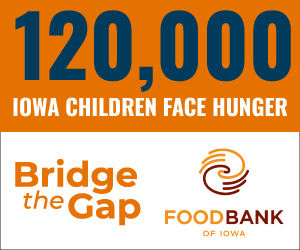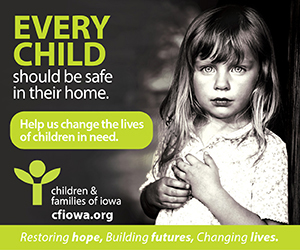Elbert: Taxes: The big picture

State government released a bunch of tax reports recently, as it does at the end of every year before a new session of the Iowa General Assembly.
There is a tendency to view such reports as shadows of things to come, and that’s especially true this year, when the pandemic and political uncertainties are causing more than usual concern.
The numbers for Iowa are surprisingly positive, which I’ll explain in a minute.
That good news does not mean Iowa is out of the woods, although we clearly are in better financial shape than many other states.
I trace that good fortune to Iowa’s heritage as a middling state that typically does not get drawn into overheated economic expansions, whether it’s real estate booms or technology bubbles. The flip side is we don’t lose as much when booms go bust. The biggest movers of Iowa’s economy are the weather and trade deals, both of which can have a significant impact on farm commodity prices.
The new tax reports show Iowa has benefited significantly from early rounds of pandemic relief.
By the end of 2020, Iowa had received $4.76 billion of federal pandemic aid and spent $3.66 billion of that money. More than $2.5 billion went directly to unemployed workers in the form of unemployment checks. The rest was widely distributed, with human services and education receiving big chunks.
To give you a sense of how significant the pandemic aid has been, consider this: Iowa’s $4.76 billion total is equal to a little more than half of the $9.2 billion the state expects to collect in taxes this year.
Without that extra money from the federal government, the economic landscape in Iowa would be a whole lot bleaker.
The federal government provided Iowa with more than $760 million that has been disbursed among more than 3,000 entities that include local governments, public and private schools, nonprofits, and small businesses.
The largest amount, nearly $31 million, went to Des Moines Independent Community Schools, with another $15.3 million going to the University of Iowa and $2.5 million to Iowa State University. The Polk County treasurer got $6.7 million and the city of Des Moines received $5.1 million.
Cities and counties, along with public and private schools, received money, as did many nonprofits and private businesses.
Checks for $25,000 each blanketed the state. Metro-area recipients included Barr Bicycle and Fitness Inc., Iowa School of Beauty, Des Moines Public Library Foundation, Des Moines Symphony Academy, Altoona Fitness Center, Waukee-based Luxxor Limousines, and West Des Moines Soccer Club.
The subsidies allowed many Iowans to go about their lives with at least some semblance of normalcy.
More to the point – and this is important – Iowans were able to pay the state and local taxes that allow the continuance of government services that range from police and fire protection to clean water, snow removal and road building.
A recent report by the Legislative Services Agency shows that for the six months ending Dec. 31, net tax receipts for the state were up 3.4%, or $116.7 million. Virtually all of the increase came from corporate and sales taxes, including gains from online sales, which have boomed during the pandemic. Individual income tax collections held steady, which was no small feat in this environment.
Now, as lawmakers return to Des Moines, some are interpreting the favorable shadows cast by the tax reports as inspiration for new tax cuts, although Gov. Kim Reynolds has said she thinks it is too early to resume the cutting.
She’s right, of course, because this year’s tax receipts are juiced with more than $4 billion of federal pandemic bailout money.
There is no reason to make tax cuts now that will only lead to problems down the road.






